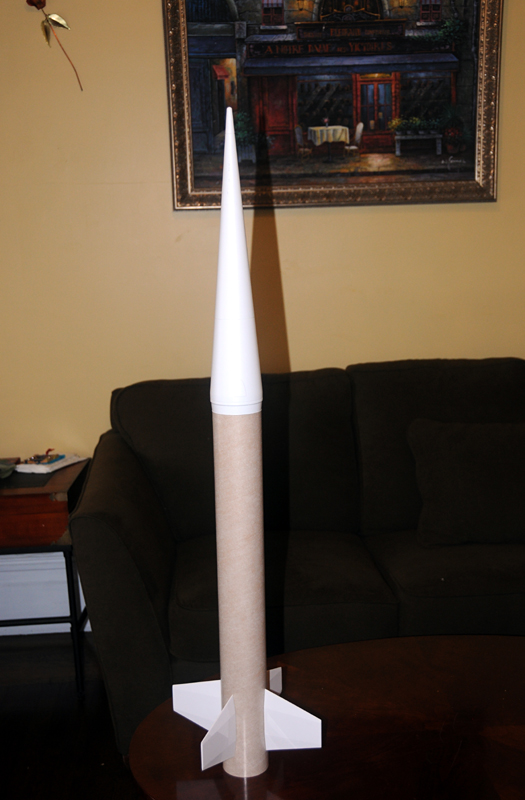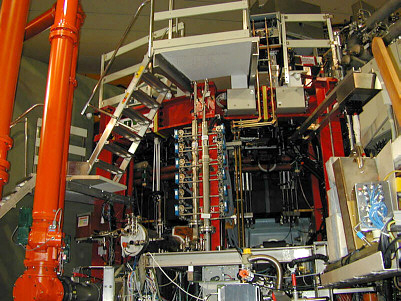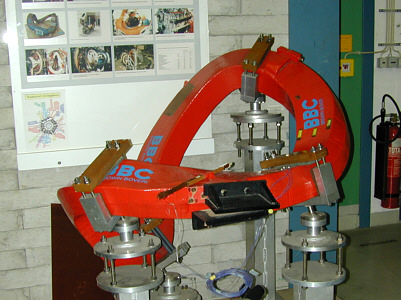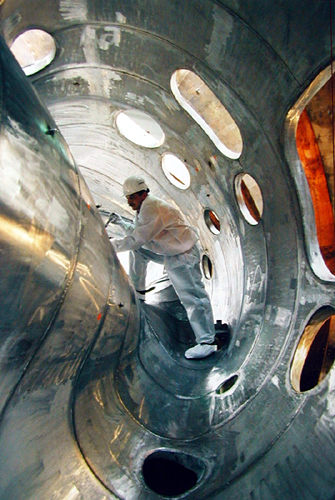About the 0.5 cal stability I accept it is an exception to a rule of thumb.
Andrew, I'm sorry, but you don't have enough Years On Earth to know the envelope of anything intimately. Look up Qix in wikipedia; I did the HW and SW. You've learned a little about semiconductors, OK, but they don't break rules. They work according to quantum mechanics and you don't get QM yet. Who defines an envelope, anyhow? This is the ASDEX-400:
Just one of the hundreds of individually designed and fabricated cores for the superconducting containment electromagnet:
A picture of a picture of the internals during its construction:
The ASDEX was the prototype for ITER, designed by a dear friend of mine as MD of Max Planck Institute for Plasma Physics. Is fusion energy from a Tokamak "outside the envelope"? Whose envelope? What technology and specifics? Some people carefully push the envelope, then the next generation learns a new envelope. If I want to know something about math or physics, I trust this man. His results speak for themselves.
You are beginning the exciting journey of life. But you are at the beginning, when you should be gathering, processing, refining and personalizing that which you can learn. You are not yet in a position to be guiding people. There are people here who have both the knowledge and the experience to provide meaningful guidance, while keeping the recipient's best interests in mind. They have nothing to prove, only something to share.
Give it time. Then give back.
Maybe watch "Little Miss Sunshine" then "find" all the girls you can. That would be good, too.











